Bee Syndicate -Bee Sides- Just a Spoon Full of High Fructose Isoglucose glucose-fructose Syrup Helps the Bees Go Down in a Rather Unexpected Way.
Bee Syndicate -Bee Sides- Just a Spoon Full of High Fructose Isoglucose glucose-fructose Syrup Helps the Bees Go Down in a Rather Unexpected Way.
Please re-steem,, follow and upvote if you like this post. Thank you!
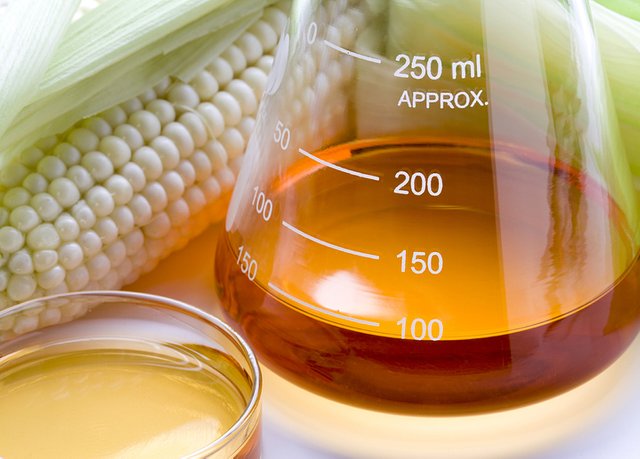
High Fructose Corn Syrup. Just typing those words feels so heavy harsh and damning. In my head as I type them see the words in big bold white lettering flashing up against a black background accompanied by an almost metallic sounding thud as each word is displayed. High Fructose Corn Syrup, four words that seem to carry the same connotation suffering and death the words “Smoking Cigarettes Causes Cancer.” I know that right now you are thinking. “Yea I know that High Fructose Corn Syrup stuff is awful.” and “What does High Fructose Corn Syrup have to do with bees?” Come with me as we make our way through a Maize of information and explore how this sweet syrup impacts you, me, and the bees.
WTF is HFCS?
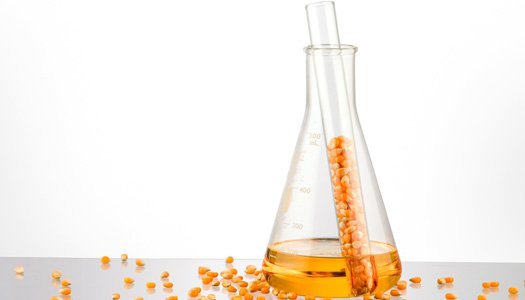
High Fructose Corn Syrup (HFCS) is a sweetener derived from corn. More specifically from corn starch. It is also sometime called also called Glucose-Fructose Syrup, Isoglucose and more recently Corn Sugar. (I suspect to attempt to escape the negative feelings toward the name High Fructose Corn Syrup.)
HFCS was first invented in 1957 by Richard Marshall and Earl Kooi Biochemists working at the Corn Products Company They later patented the process in 1960 it wasn’t until the early 1970s that HFCS was marketed by the Clinton Corn Processing Company of Clinton, Iowa.

Kooi with Nixon
Today HFCS is made by using an "acid-enzyme" process. First, the acidity of a corn starch solution is raised so that the carbohydrates in the starch begin to separate. Next, an enzyme called alpha-amylase is added to the solution. This enzyme hydrolyses or breaks apart the Alpha bonds of the carbohydrates from the starch leaving smaller sugar chains. Then, another enzyme is added called Glucoamylase is added to further break down the sugars converting them into glucose. This slurry is then run through carbon and ion-exchange polymer filters to remove impurities and other compounds. Finally the purified solution is exposed to an enzyme referred to as a xylose isomerase that converts some of the glucose to sweeter sugar chain Fructose. The resulting solution consists of about half glucose (derived from plants and plant parts.) and about 40% Fructose. (The type of sugar found in fruit.)
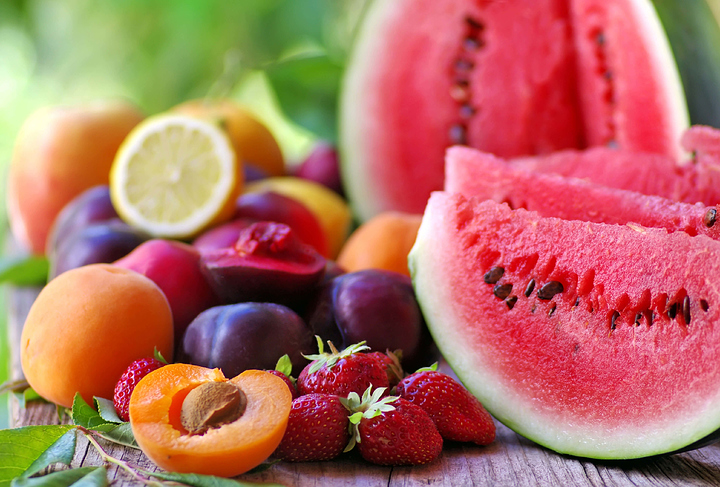
How this is considered to be a natural product is a bit of a stretch in my opinion but apparently it meets the US Food and Drug Administration’s Guidelines for the designation of “Natural” “The FDA has considered the term “natural” to mean that nothing artificial or synthetic (including all color additives regardless of source) has been included in, or has been added to, a food that would not normally be expected to be in that food. However, this policy was not intended to address food production methods, such as the use of pesticides, nor did it explicitly address food processing or manufacturing methods, such as thermal technologies, pasteurization, or irradiation.” So technically it meets this guideline for “Natural” because the only ingredients are cornstarch and a few enzymes. The filters and the acid are just part of the process I guess. I do want to point out too that the FDA only has guidelines to the use of the term “Natural” in food labeling rather than a firm rule or definition.
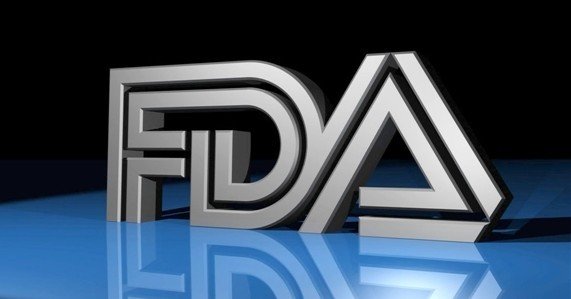
Why do they say HFCS so bad for me?
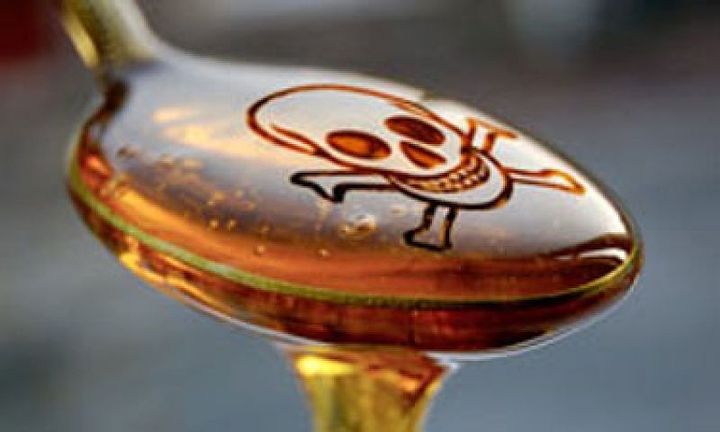
HFCS is made to be as close to White Sugar as possible it has about the same calorie count per gram as standard sugar. HFCS is also about the same sweetness as sugar.
High Fructose Corn Syrup is sort of a misleading name it is only high in fructose in comparison to regular corn syrup. HFCS is roughly 55 percent fructose and 45 percent glucose.Sucrose (White or Table Sugar) when digested breaks down into 50 50 mix of fructose and glucose. So many experts say that HFCS is not particularly any worse for you than regular sugar. Katherine Zeratsky, R.D., L.D.of the Mayo Clinic states that “Research has shown that high-fructose corn syrup is chemically similar to table sugar. Controversy exists, however, about whether the body handles high-fructose corn syrup differently than table sugar.
At this time, there's insufficient evidence to say that high-fructose corn syrup is any less healthy than other types of sweeteners.
It is known, however, that too much added sugar of all kinds — not just high-fructose corn syrup — can contribute unwanted calories that are linked to health problems, such as weight gain, type 2 diabetes, metabolic syndrome and high triglyceride levels. All of these boost your risk of heart disease.”
Yet a one Princeton University study found that rats with a diet sweetened with high-fructose corn syrup gained more weight when eating diets of the same caloric value as a group's diet that was sweetened with standard sugar. In a different experiment that was part of the same study researchers found that rats on a diet rich in high-fructose corn syrup showed characteristic signs of metabolic syndrome. Metabolic syndrome is associated with the risk of developing cardiovascular disease and type 2 diabetes. However this was just one study and there is still controversy as to if HFCS is worse for you than regular sugar. One thing is agreed on and that is that any type of added sugars should be avoided to maintain a healthy diet.

So why the huge difference between a sugars with only a 5% difference in the amount of Fructose? Well, it has to do with the way your body digests Fructose by itself as opposed to when it is bound with a glucose molecule.
Fructose digestion begins in the small intestine. Your body cannot absorb intact polysaccharide molecules. (molecules consist of a number of sugar molecules bonded together.) Thus if you eat sucrose, an enzyme, must first hydrolyses sucrose into independent glucose and fructose molecules. Glucose continues down the digestive line and can be broken down and used as energy by almost every cell in the body directly. Single fructose molecules then enter the lining of the small intestine and pass into the bloodstream and travel to the liver where it will be converted into fat.
Patrick J. Skerrett, Former Executive Editor, Harvard Health writes in his blog that “What happens to fructose inside liver cells is complicated. One of the end products is triglyceride, a form of fat. Uric acid and free radicals are also formed. None of this is good. Triglycerides can build up in liver cells and damage liver function. Triglycerides released into the bloodstream can contribute to the growth of fat-filled plaque inside artery walls. Free radicals (also called reactive oxygen species) can damage cell structures, enzymes, and even genes. Uric acid can turn off production of nitric oxide, a substance that helps protect artery walls from damage.” “Experts still have a long way to go to connect the dots between fructose and nonalcoholic fatty liver disease, obesity, diabetes, heart disease, and cancer. Higher intakes of fructose are associated with these conditions, but clinical trials have yet to show that it causes them. ”
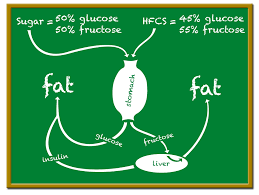
Fructose is not impacted by the body's process for regulating sugar Insulin and Leptin. Basically because it is absorbed directly into the bloodstream in the small intestine you body can almost not regulate it at all because fructose doesn't trigger the release of insulin. The excess of sugar in the system can lead to insulin resistance and increase a person’s risk of getting Type 2 Diabetes as the cells stop responding to Insulin's messages about how fast cells should absorb available sugars. Because fructose also does not cause the release of leptin you never feel like you have eaten enough sugar to convert to energy causing you to feel like you need to consume more.
Why do we have so much HFCS?

The reason we have so much HFCS stems from a problem has afflicted farmers for a long time. Economists aptly call this problem “The Farm Problem”. The Farm Problem at its core is a supply and demand problem. At the base you have two pillars
Pillar A : How much food your country needs to eat.
Pillar B: How much food your country can to grow.
With each pillar you you have little to no control over what that total is.
The problem is further compounded by the way farms are sort of caught in the middle between the market and time because food is perishable unlike other commodities like oil and metals. Let me take a moment to tell a story that will help illustrate what I mean. Then, I will tell you what is done as a solution and hopefully everything will make sense at the end of it.
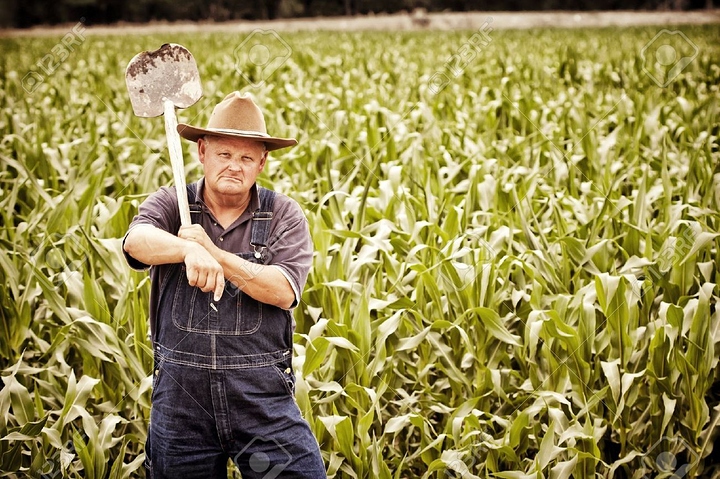
Cletus lives in a small town in rural Anywhere . Despite being named Cletus he is a smart hardworking and industrious fellow. The area around him is growing and the people moving in need to eat so Cletus decides to grow corn. A good choice as it is a sturdy high yielding and relatively reliable crop. For a few years everything is fine Cletus grows corn and people buy his corn. Then a few years of bad luck. One year a drought, the next torrential rain that floods the fields and causes the stalks and ears to rot before harvest. Followed in the third year by a plague insects resistant to pesticides genetically engineered by the university down the road designed to help control the mosquito population decides it likes the taste of corn better than the taste of mosquitoes. Regardless of what the problem are there are a lot of things completely outside of the farmer’s control that can wipe out the harvest and profits from that year mostly or completely. It can even be difficult for Cletus to get back in the game on the fourth year because he has not been left with enough money to bring his farm back up to full production even though the fourth year is going to be a great year to grow corn.
Now in the county of Anywhere the price of food has gone up significantly because Cletus despite his hard work and best efforts hasn't been able to keep up his production of food causing a supply and demand problem. This spike in food prices often causes lots of other farmers enter the market attracted by the inflated corn prices.
Now as I mentioned this year happens to be a great year to grow corn so Cletus and all the new corn growers grow a ton of corn. Great, right? Wrong the price of corn crashes because so much of it is available and most of the corn rots away in silos. Then Cletus and the other farmers lose the farms. In extreme cases like during the dust bowl of the 1930s things can even get so bad for the consumers of the food that even when food prices crash people still can't even afford the cheap food available. This is basically what happened in the US in the 1930s.
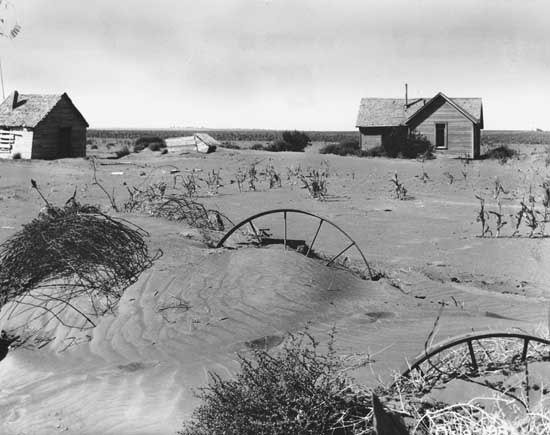
Because agriculture is the foundation of society I behooves a government to find a solution to the Farm Problem and that is just what the US government did in response to the dirty 30s.
In 1933 President Franklin D. Roosevelt created the Agricultural Adjustment Administration (AAA) when he signed into law the Agricultural Adjustment Act. The AAA controlled the supply of seven of the most important crops in the the US. wheat, cotton, rice, peanuts, tobacco, milk, and of course corn. The first step taken by the AA was to compensate farmers for removing portions of farmland from production this helped keep the price of these commodity crops from crashing and guaranteed some income for farmers. Some of these crops later also received other special benefits like a government mandated minimum prices it can be sold for in stores as in the case of milk. In the case of corn (the most heavily subsidized of all crops in the US) farmers are paid extra premium on top of the market price for corn. This keeps the food supply high while keeping farmer producing. It also creates a huge supply of cheap corn available to the market. (I want to note that just a few years ago major changes were made to the farm subsidy program that are slowly helping to encourage farmers to grow a more diverse range of crops. I’m not going to get into these changes in this post because I just want to show how we got here with all this cheap corn and how that has shaped the current situation. )

Franklin D. Roosevelt signing the Agricultural Adjustment Act.
All this cheap corn has driven industry to come up with ways to take advantage of this cheap and abundant resources in ways not previously thought of thus we have corn fed livestock, ethanol in our cars and lots and lots of HFCS in our food.
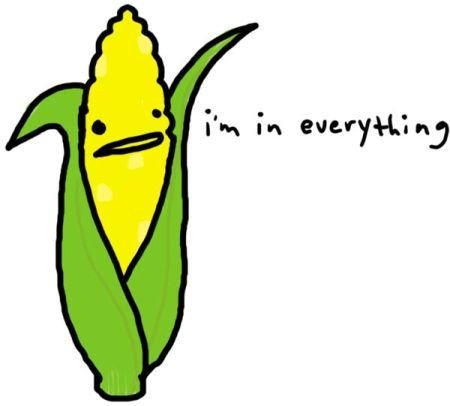
So What About The Bees?
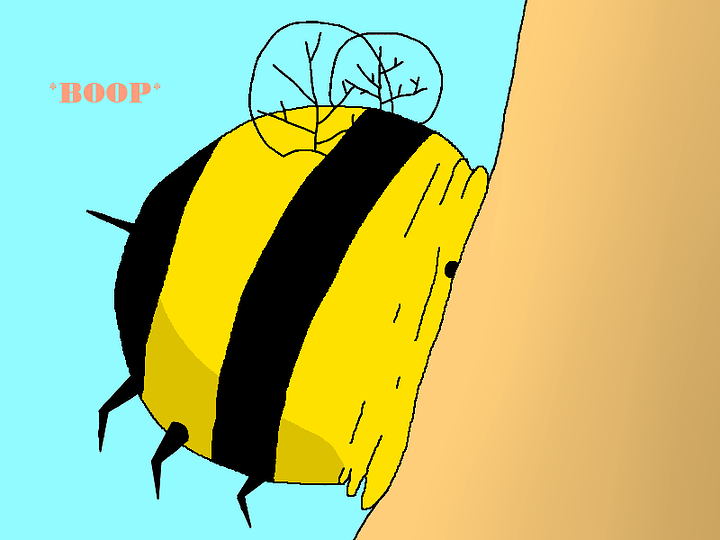
OK, finally the part about Bees. Now that we know all about HFCS why it so prolific and how it impacts us as people we can talk about how it is used and impacts our friends the bees.
:But first: If you are still reading this I thank you so so much and I think that you deserve a reward so before we talk about the impact of HFCS on the bees here are some cool pictures of bees to thank you for your diligence in reading all of this.
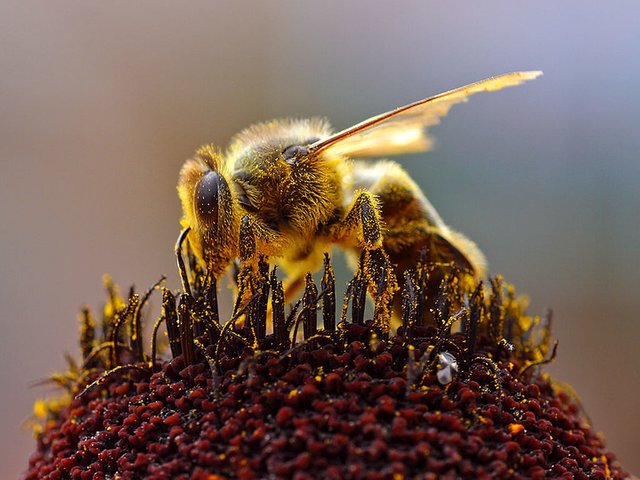
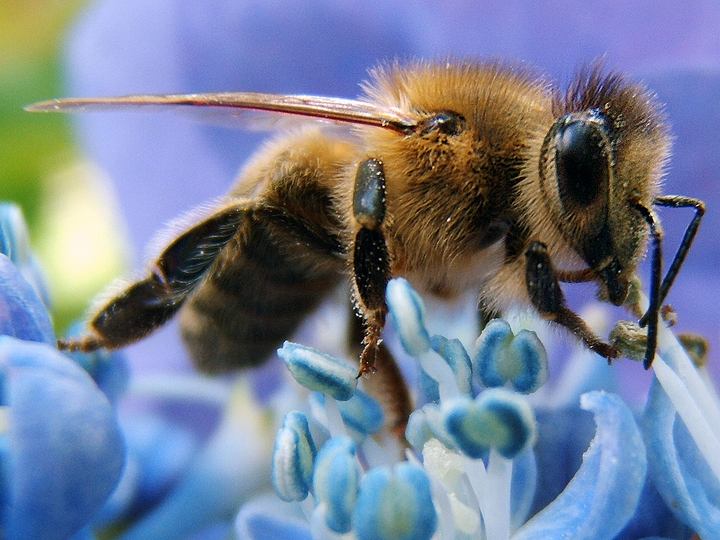
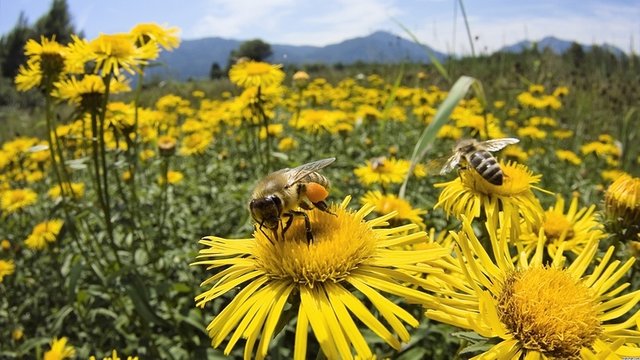
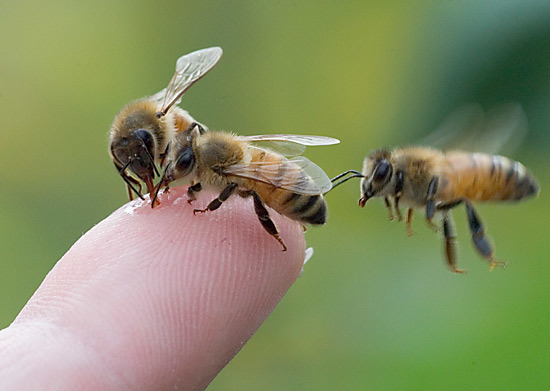
In the Mid 1970s shortly after the Clinton Corn Processing Company began marketing HFCS research was being conducted by T. Jachimowicz about what sugar supplements could be used to provide additional nutrition to bees in the commercial beekeeping industry. While some sugar syrups were found to be toxic to bees HFCS was found to be safe as long as it isn't exposed to high temperatures. This was perfect particularly for fall harvests allowing beekeepers to harvest more honey that could fetch a higher price than the cheaper HFCS used to replace it in the hives and allowing the bees to have enough food to over-winter. Some studies even showed that come spring time colonies fed exclusively HFCS had increased brood rearing. This would be all great news if wasn't for the conclusion of some new research.
New research conducted by the University of Illinois is now linking the use of HFCS as replacement feed for bees to CCD as one of its many possible causes. It isn't the HFCS itself that is the problem but rather what is missing in a diet of HFCS.
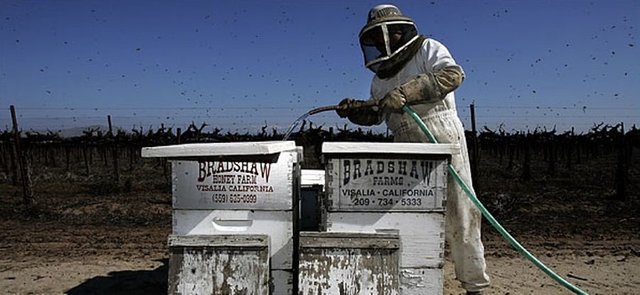
When bees consume a diet of human provided HFCS they are missing out on the bits of pollen and other chemical compounds present in honey that bolster the immune systems of our furry pollinator friends.
Back in the 70s when beekeepers started feeding HFCS to bees there weren't all these immense problems putting the now extreme load on the bee population so HFCS wasn't a bad option and it may have even benefited them but now with the use of modern pesticides and invasive parasites attacking bees what might have been manageable problems on their own for a colony they are lacking the immunities that may have allowed them to overcome these challenges.
Refrences
Katherine Zeratsky, R.D., L.D. Mayo Clinic
http://www.mayoclinic.org/healthy-lifestyle/nutrition-and-healthy-eating/expert-answers/high-fructose-corn-syrup/faq-20058201
Patrick J. Skerrett, Former Executive Editor, Harvard Health
http://www.health.harvard.edu/blog/is-fructose-bad-for-you-201104262425
Rat study from Princeton
http://www.princeton.edu/main/news/archive/S26/91/22K07/
FDA
http://www.fda.gov/AboutFDA/Transparency/Basics/ucm214868.htm
http://www.fda.gov/Food/GuidanceRegulation/GuidanceDocumentsRegulatoryInformation/LabelingNutrition/ucm456090.htm
Wiki pages
https://en.wikipedia.org/wiki/High_fructose_corn_syrup#Production
https://en.wikipedia.org/wiki/Sucrose
https://en.wikipedia.org/wiki/Alpha-amylase
https://en.wikipedia.org/wiki/Sugar
https://en.wikipedia.org/wiki/Polysaccharide
https://en.wikipedia.org/wiki/Leptin
HFCS + Bees
http://grist.org/food/entomologists-stop-feeding-corn-syrup-to-honeybees-duh/
http://phys.org/news/2013-04-high-fructose-corn-syrup-tied-worldwide.html
http://www.jas.org.pl/pdf/88.pdf
http://www.annualreviews.org/doi/pdf/10.1146/annurev.en.15.010170.001043
http://www.apidologie.org/articles/apido/full_html/2010/03/m09120/m09120.html#R49
http://www.beeculture.com/a-closer-look-feeding-sugar-syruphmi/
Other
https://smartypantsvitamins.com/the-biology-of-high-fructose-corn-syrup/
http://healthyeating.sfgate.com/fructose-absorption-digestion-4553.html
Farm subsidies
http://grist.org/food/our-crazy-farm-subsidies-explained/
http://www.livinghistoryfarm.org/farminginthe30s/water_11.html
Oh come on now.